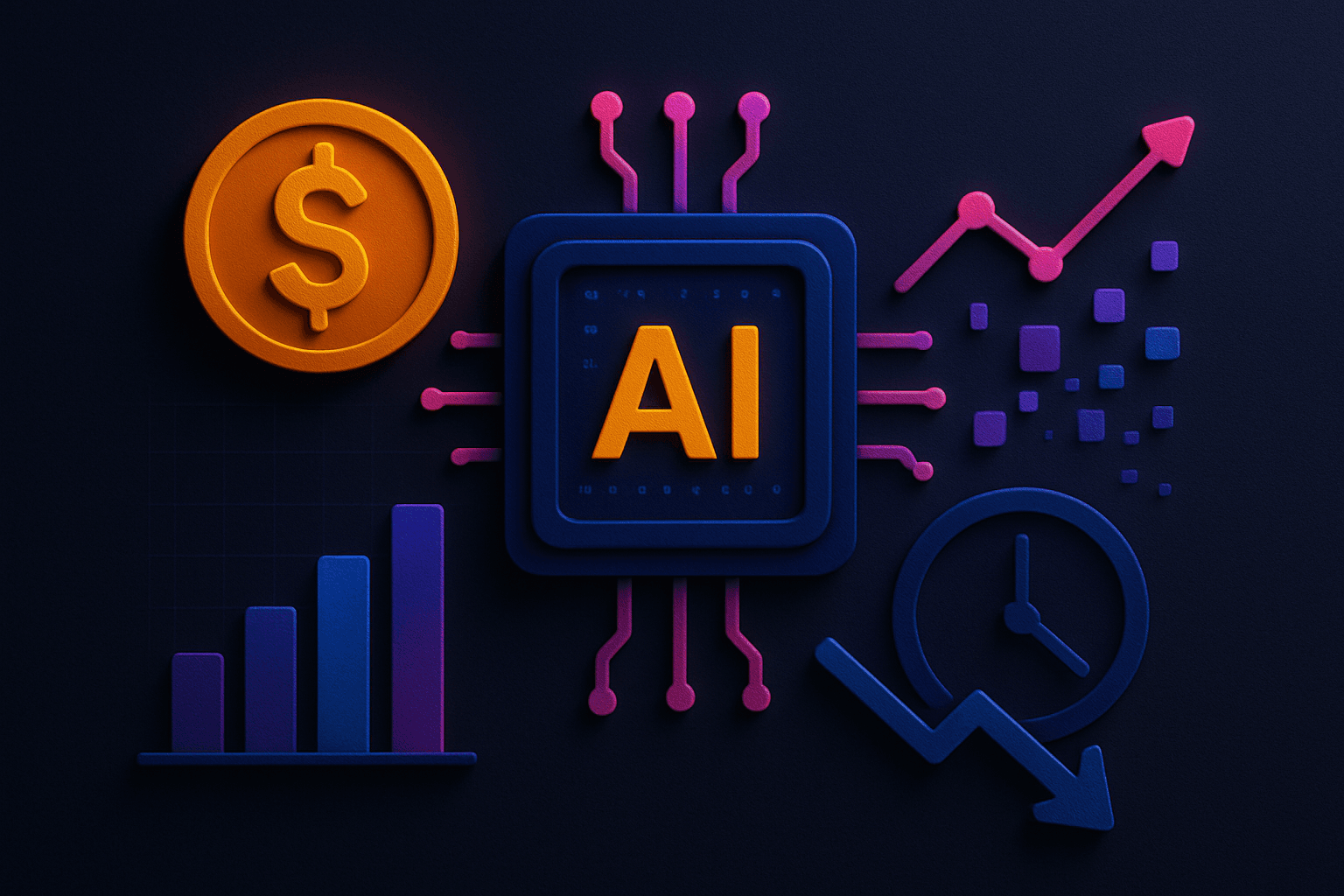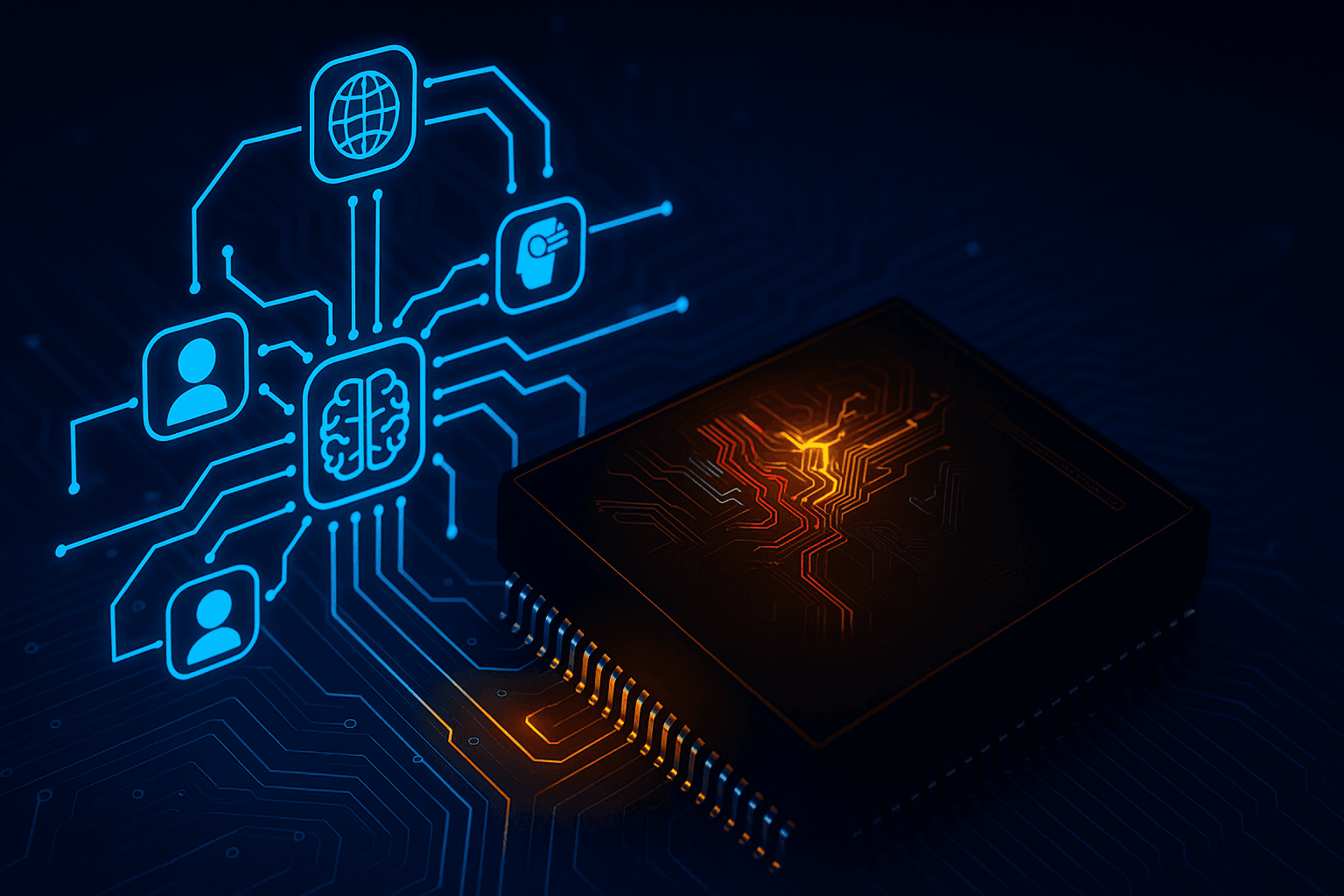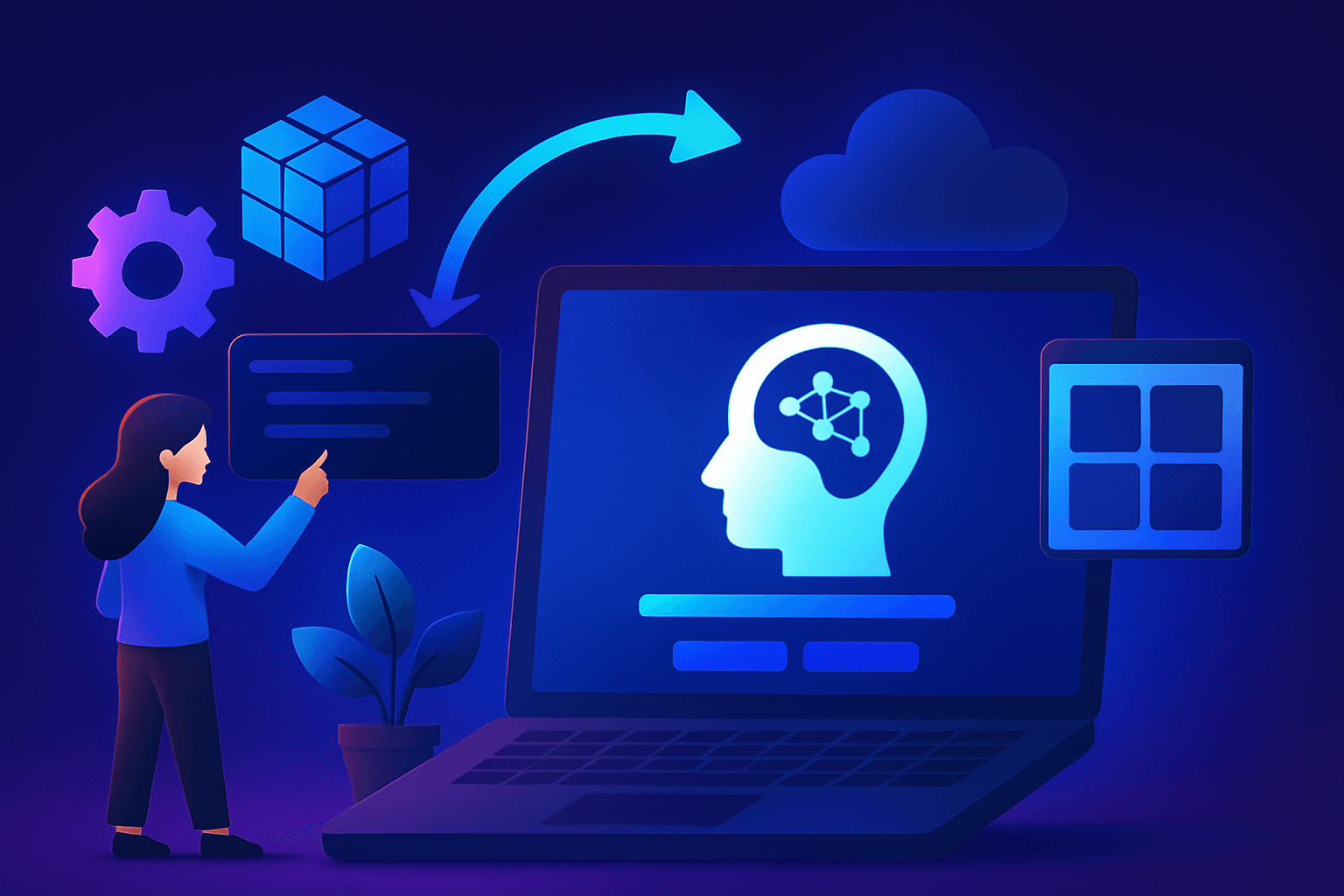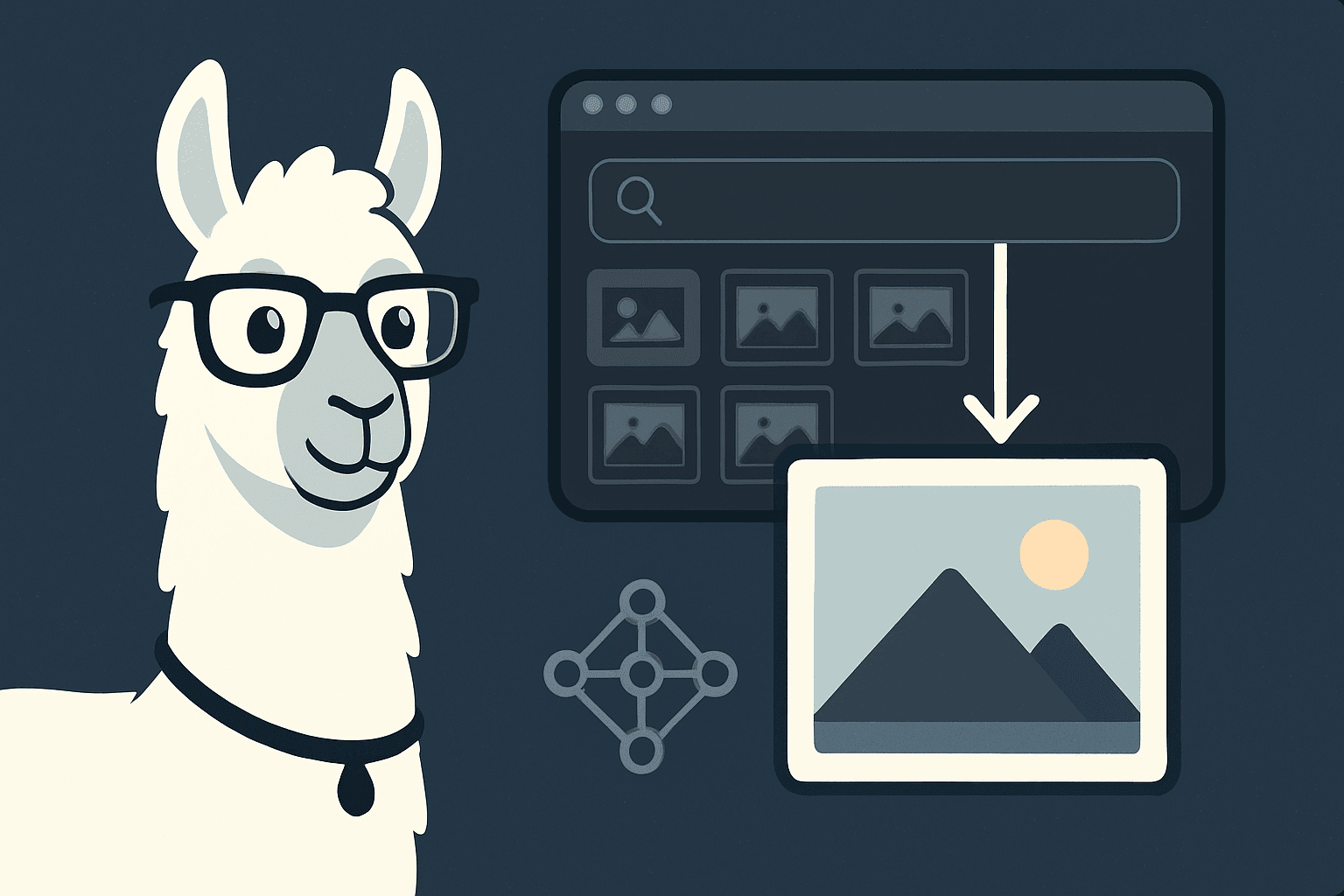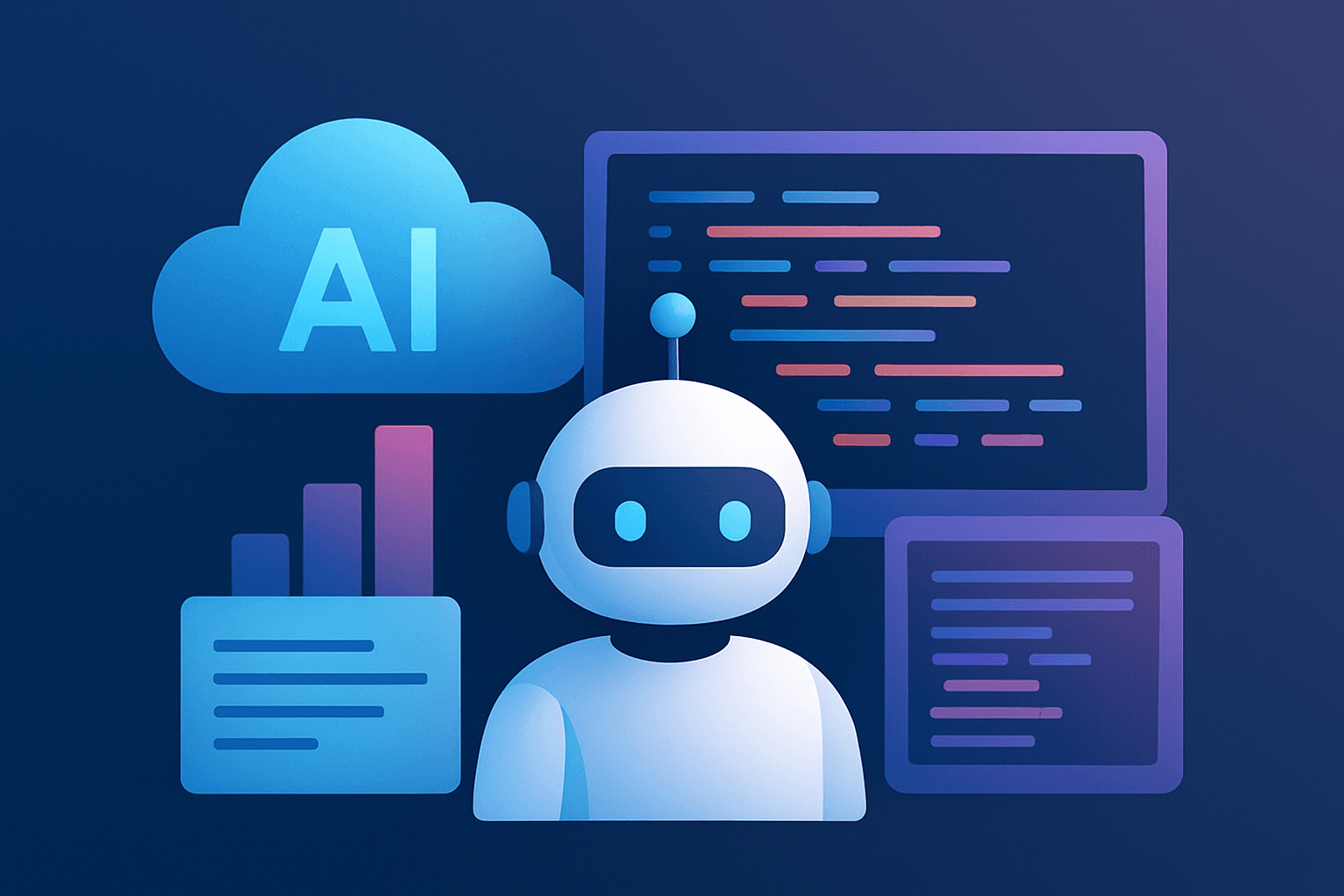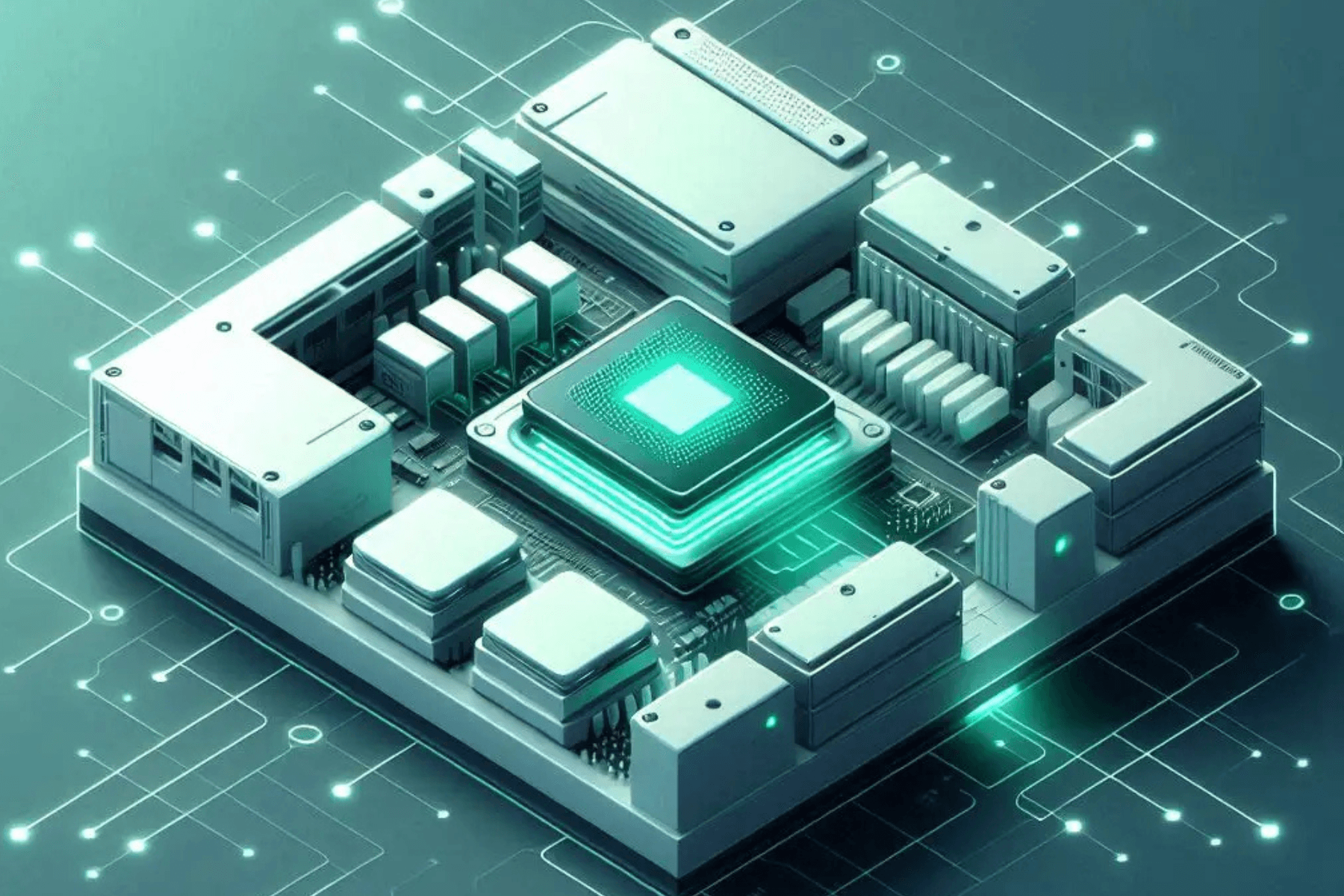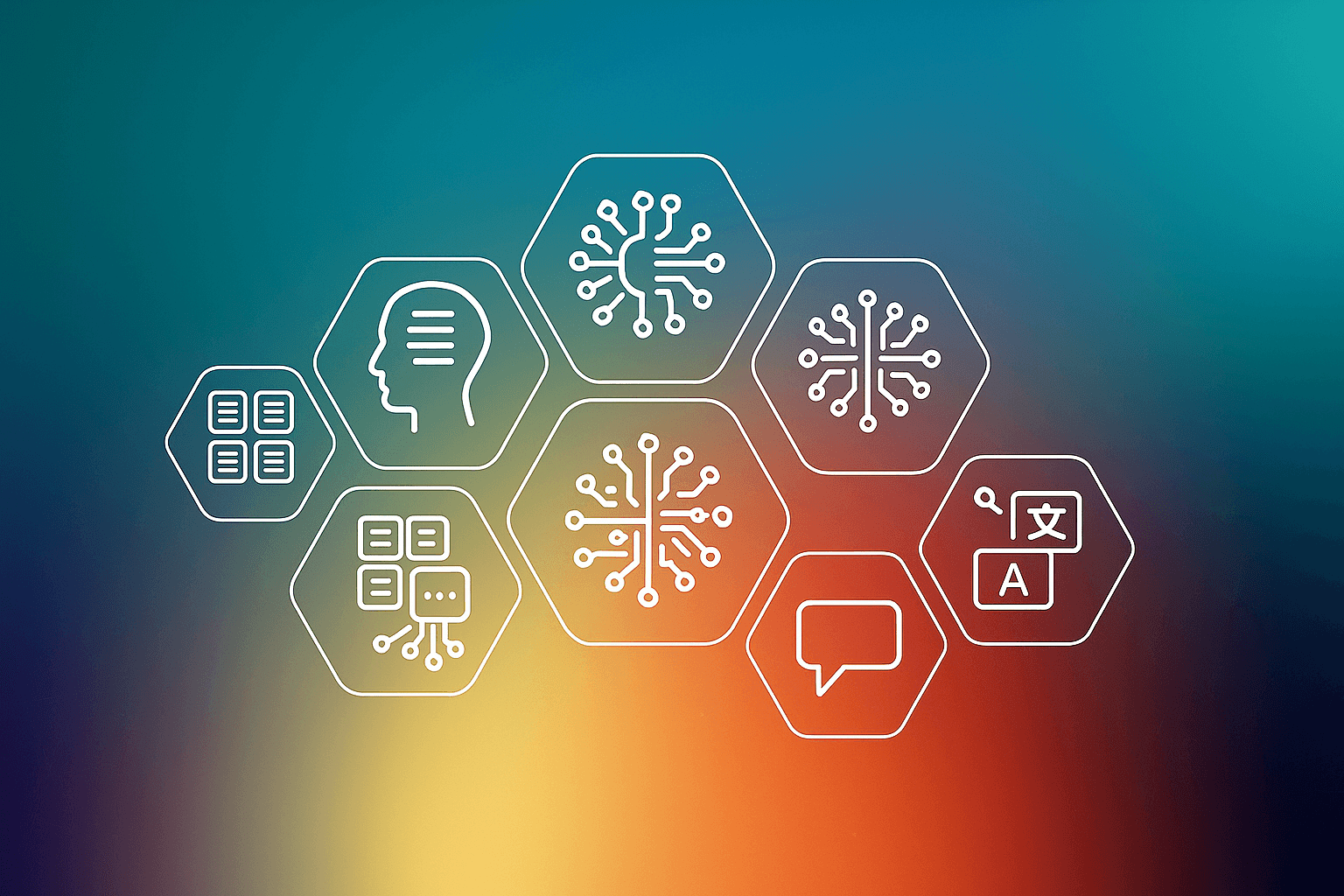Is it true that new technological advancements can help in the boom of education? Is AI capable of automating and revolutionizing conventional methods for cultivating more engaging educational systems? What marvels does AI contain, and how has AI created a charismatic value to the Edtech industry?
Table of Content-
- Overview
- Edtech: A scaling Industry
- Artificial Intelligence (AI) role in Edtech
- How AI nurtures students with special needs
- Conclusion
Overview:
Education technology (EdTech) implies gear and software that is used to educate children on a virtual level to improve classroom learning and augment student results. By leveraging technology for learning and teaching, EdTech platforms assist students in overcoming impediments and attaining comprehensive education.
Moreover, Artificial Intelligence (AI) has aided in the expansion of Edtech by personalizing and streamlining tasks. Over the last decade, AI has evolved to play a massive role in education, both for teachers and students.
Not only private institutions but even governments are recognizing the importance of AI. For example, The New Education Policy 2020, has also given the Edtech sector a boost by underlining the significance of AI. One of the major ideas in navigating the education system, according to the Policy, will be the wide use of AI in the disposal of linguistic barriers, in heightening the access, in education planning and management, as well as in both teaching and learning,
The Policy concedes and promotes the necessity to adapt to changes that AI has developed and it has tasked the NETF (National Education Technology Forum ) with identifying and categorizing the potential of AI and other technological advancements in the education industry and providing a quarterly analysis to the MHRD.
Edtech: A scaling Industry
EdTech has quickly become one of the most important areas, thanks to fast digitalization. The industry's amazing expansion has captivated massive amounts of investment and capital from all over the world.
The global education technology market was valued at USD 106.46 billion in 2021, with a compound annual growth rate (CAGR) of 16.5 per cent predicted from 2022 to 2030.
From smart classrooms to individualized coaching apps, Edtech is rapidly stretching its wings and earning recognition globally. Billions of dollars are being invested in the creation of EdTech software, with the United States, China, and India receiving the greatest funding.
According to Statista, the Indian Edtech industry is US$2.8 billion in value, and by 2025 it is expected to reach US$10.4 billion. At present, there are 9,043 EdTech startups in India and the number is continuously growing. Factors like India's booming internet economy – which has a total of 850 million(61% of the total population) internet subscribers – encourage this expansion.
Artificial Intelligence (AI) role in Edtech:
The regular learning strategy is to listen, memorize, test, and repeat. It's factory-oriented and insufficient. It's not a peculiar approach to consenting cognition. Aligning today's learning with future issues necessitates visionary teaching and learning methodologies. That's exactly what AI is enabling institutions to carve.
Adaptive and Personalized learning-
When EdTech is commixed with artificial intelligence, an adaptive learning platform can be generated. To put it another way, the platform can trace each student's progress, skills, and knowledge rifts.
With this data, the platforms can provide each student with incredible and individual practice, ensuring that their learning is optimized.
Platforms can gauge and provide propositions based on assorted inputs from students; they are more comparable to "intelligent tutoring systems." AI may alter each student's knowledge level, learning speed, intended goals, learning histories, and a variety of other factors.
As a result, frailties are identified, as well as course recommendations for growth, resulting in a highly individualized learning experience.
Quick responses-
In the opening, we talked about how a dearth of regular help deepens the academic trammels of students. Well not anymore, as AI businesses have made gains in inquiry resolution using chatbots or technology, students can simply upload a picture of their problem and can get the easiest solution.
The AI tools validate the situation and generate a solution. This abolishes the need for teachers and the reliance on them. Additionally, this provides learners with a space for involvement that is available 24×7, cutting down on the time it takes to discover answers while retaining the learning process.
AI benefits Educators-
One of the most basic AI applications has been to automate teachers' "operational" tasks. The majority of educators inscribe more than half of their time grading assignments, completing paperwork, preparing progress reports, organizing materials and resources for courses, and managing teaching material and infinity.
Artificial Intelligence can intervene in many of these duties to manage them efficiently for the educator, letting the teacher focus on higher-order tasks like teaching and assisting students. Hence, both students and teachers can be more productive.
Reliable Content-
It is most factual to argue that automation and education are inextricably linked. As a result, intelligent and dependable content created using AI has been able to reach every school setting. Students study better and have more efficient sessions when traditional books are converted into digital automated learning modules. For example, AI-assisted learning systems can determine if a student needs to repeat a lesson or go on.
Global Exposure-
Education knows no bounds, and there are several concepts to learn from all over the world. In reality, Edtech's AI and automation have facilitated students to learn from a wide choice of courses available across borders, regardless of their timezone. Above all, global learning empowers students to widen their horizons by enabling them to learn from anywhere, at any time.
How AI nurtures students with special needs:
AI also has a role in improving the lives of students with special needs. Owing to the text states, a student with a mental handicap can readily perceive the world around him. What seems to be a difficult message to read turns out to be straightforward text. Things that were once impossible or implausible for them are now routinely handy to them.
Students with impairments can now enter a world where their constraints are understood and taken into account, thanks to artificial intelligence. With artificial intelligence accessibility, technology adapts and helps transform the world into a more inclusive one. There is a sense of equality, as AI places everyone on an equal footing, with or without handicap.
For students who are blind or visually impaired-
VoiceOver is a screen reader that is built into iPhones. Although its primary function is to enunciate any email or text message, VoiceOver also uses artificial intelligence to describe app icons, battery levels, and even partial photos. For Android smartphones, there's TalkBack, which is similar to VoiceOver. It allows students to get the most out of their digital devices.
Siri is the virtual assistant on the iPhone. Voice control allows visually impaired students to simply verbalize their requests, such as conducting a Google search, writing an article, or dictating a text message to a buddy. Students with vision impairments can utilize Siri to communicate with others.
For students who are deaf or hard of hearing-
Ava is an instant transcription tool that employs artificial intelligence to instantly transcribe a group of people's discussion. Its algorithm incorporates punctuation, the speaker's name, and relevant words from the user's dictionary.
A simple technique for those with hearing impairments to participate in and follow a conversation with multiple people without having to lip-read. RogerVoice is a French group discussion transcription tool similar to Ava that is accessible in 90 languages. It functions similarly to Ava.
Apart from these tools, the failure to provide constant feedback is one of the most significant challenges in teaching students with learning disabilities. It can be difficult to slow down in a large classroom to assist a small group of children. With artificial intelligence's quick growth, students will be able to receive more reliable feedback that is directly related to their performance. Students will not be able to go on until they have demonstrated mastery of the idea, and they will be able to work at their own pace if necessary.
Conclusion-
Seeing the development in the current education system, we all can agree that the future of education i.e. Edtech is a blessing for the generations to come. Edtech guarantees the most effective and efficient knowledge by allowing the learning experience to extend far and wide. AI in the education business has ensured better learning experiences in the future by ensuring time management, customization, and much more.
